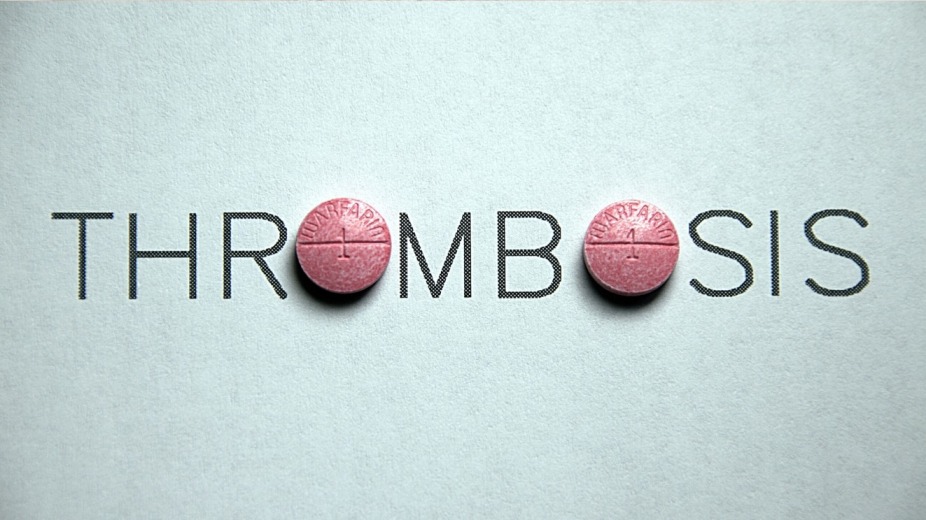1. What is Deep Vein Thrombosis?
2. Symptoms deep vein thrombosis
3. Causes of deep vein thrombosis
Deep vein thrombosis (DVT) is serious disorder occur as a result of clots formation within the deep veins. DVT most commonly occurs in the lower extremities (legs). Deep vein thrombosis is complicated by pulmonary embolism (PE), which can be life threatening if left untreated.
Often patients with DVT are asymptomatic, but if they have symptoms they may include:
DVT occurs as a result of a thrombus build up in the veins, and the development of a thrombus is related to one or more components of the Virchow triad, which include:
There are many factors that can increase the possibility of developing deep vein thrombosis, including:
The anticoagulant drugs (blood thinners) heparin and warfarin are used to prevent thromboembolic disorders, including deep vein thrombosis (DVT) and pulmonary embolism (PE), by preventing the formation of new clots, but they do not dissolve the already existing clots.
1. Vinay Kumar, Abul K. Abbas, Jon C. Aster/ Robbins Basic Pathology/ 9th edition/philadephia, United states/ Elsevier-Health sciences Divition/ 2012
2. Carol Mattson Porth, Glenn Matifn/ Pathophysiology: Concepts of Altered Health States/ 8th edition/ Philadelphia, United States/ Lippincott Williams and Wilkins/ 2009
3. Maxine Papadakis, Stephen McPhee, Michael Rabow/ Current Medical Diagnosis and Treatment 2019/ 58th edition/ OH, United States/ McGraw-Hill Education/ 2019
4. Marshall Lichtman, Josef Prchal, Kenneth Kaushansky, Marcel Levi, Linda Burns, James Armitage/ Williams Hematology/ 9th edition/ OH, United States/ McGraw-Hill Education/ 2016
Thrombosis has two 2 types: Atrial thrombosis: is when the thrombus occurs in the artery, Phlebothrombosis: is when the thrombus occurs in a vein

Pulmonary embolism (PE) is a total or partial occlusion of one or more pulmonary arteries, which often arising from deep vein thrombosis (DVT).

The urethra is a muscular canal that extends from the neck of the bladder to the exterior of body. Read more about the anatomy of urethra in this article.

Chronic kidney disease (CKD) is a disease in which irreversible damage to the kidneys leads to a reduction in kidney function. CKD has 5 stages and many complications.

Learn about medical uses, safety profile, mechanisms and interactions of statins.

Comprehensive guide on Ozempic (semaglutide), including its uses, dosage, side effects, warnings, and interactions.
.png)
Choose what we can use. Strictly necessary and security cookies are always on.